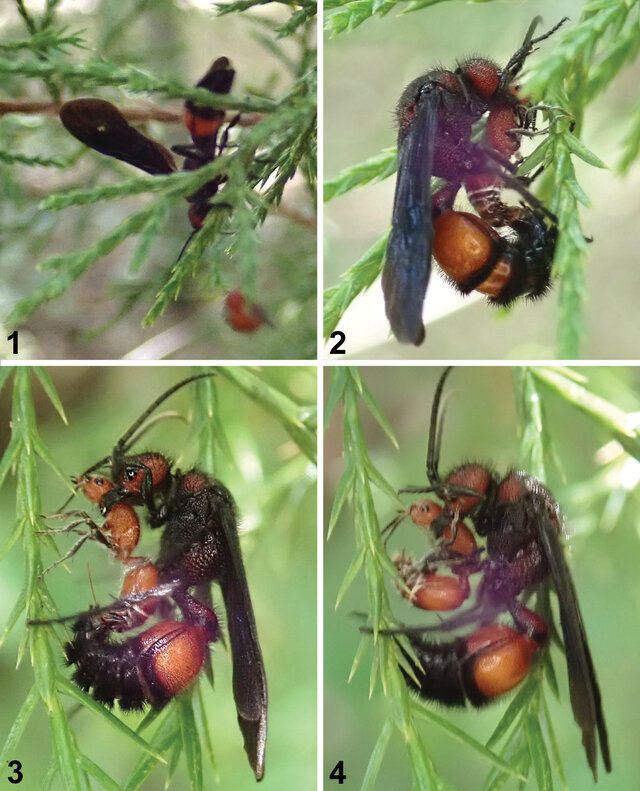


We used flower-based eDNA metabarcoding to uncover how forest structure and microclimate shape the diversity of flower-visiting arthropods in a Swedish boreal forest. #pollinators #eDNA 🧬🌼

We used flower-based eDNA metabarcoding to uncover how forest structure and microclimate shape the diversity of flower-visiting arthropods in a Swedish boreal forest. #pollinators #eDNA 🧬🌼
Bias isn’t just temporal: it’s tied to species traits too. 🐝🏙️

Bias isn’t just temporal: it’s tied to species traits too. 🐝🏙️
After adjusting for the day of the week?
🚫 The trend disappeared.
📉 Bias can send us down the wrong path.

After adjusting for the day of the week?
🚫 The trend disappeared.
📉 Bias can send us down the wrong path.
🎯 Citizen science peaked on weekends.
🏛️ Museum data? The opposite—more records on weekdays.
Two biases, two directions. Both matter for how we interpret trends.

🎯 Citizen science peaked on weekends.
🏛️ Museum data? The opposite—more records on weekdays.
Two biases, two directions. Both matter for how we interpret trends.
Why do queen bumblebees seem to "wake up" on weekends?
It turns out, they don’t.
But we see them more on weekends, and that’s a problem for climate research. Here’s why. 👇🐝
📄 Díaz-Calafat & Luna-Santamaría (2025)
doi.org/10.1007/s135...

Why do queen bumblebees seem to "wake up" on weekends?
It turns out, they don’t.
But we see them more on weekends, and that’s a problem for climate research. Here’s why. 👇🐝
📄 Díaz-Calafat & Luna-Santamaría (2025)
doi.org/10.1007/s135...



The effects of climate change on boreal plant-pollinator interactions are largely neglected by science
🐝 🪲 🪰 🦋 🌼 🌲 🌡️
Read more here: doi.org/10.1016/j.ba...

The effects of climate change on boreal plant-pollinator interactions are largely neglected by science
🐝 🪲 🪰 🦋 🌼 🌲 🌡️
Read more here: doi.org/10.1016/j.ba...
In Sweden, once we reach this stage, we nail one copy of the thesis to the wall, where it'll stay for remembrance. Now three weeks to the public defence! 📆


In Sweden, once we reach this stage, we nail one copy of the thesis to the wall, where it'll stay for remembrance. Now three weeks to the public defence! 📆
🔗 journals.plos.org/plosone/arti...

🔗 journals.plos.org/plosone/arti...










